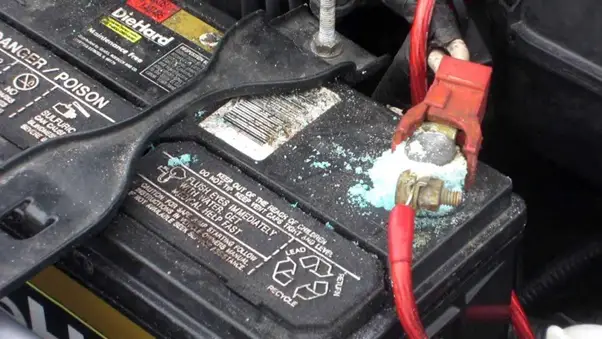A car’s batteries are a crucial component. Batteries give your car the zap to keep going, from starting it to charging your phone while you’re out and about. Because of this, it’s crucial to understand when to start considering replacing your car battery and what you can do to increase its lifespan. Depending on the number of trips taken and the weather, the typical car battery has a lifespan of three to five years. Here are a few pointers on what to watch out for when buying a new battery for your car.
1. Size Of Battery
Group sizes for car batteries are used to identify the battery’s length, width, and height. By consulting the owner’s manual or speaking with your mechanic, you can determine the necessary battery size before comparing various car batteries.
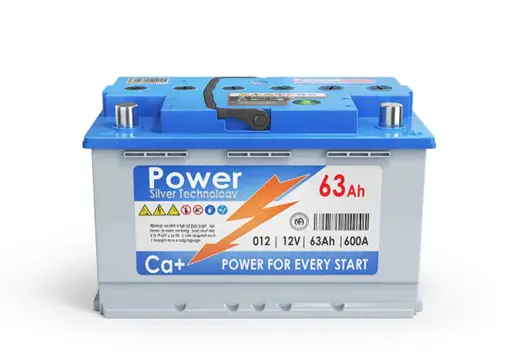
2. Need For Power
Cold Cranking Amps aka (CCA) and Cranking Amps are used here (CA). The energy needed to start a car at 32 degrees Fahrenheit is known as “cranking amps,” while “cold cranking amps” refers to the battery’s ability to start a car at 0 degrees Fahrenheit.
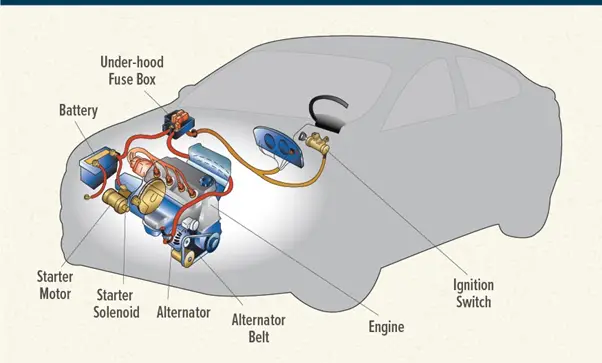
3. Batteries May Swell, Which Is Hazardous.
Overcharging or overheating are the two most common reasons for swollen batteries. Do not drive your car if you notice that the battery is swollen! A swollen battery’s acid could explode with a lot of force, harming the vehicle’s frame, critical engine components, and possibly you.

4. It’s Important To Connect And Disconnect Charging Cables In The Correct Order
It’s a reasonably simple task involving charging cables when your car battery needs a little boost from another vehicle now and then. But it’s crucial to remember which cables to unplug and reconnect first. The negative wire should always be connected last and disconnected first. If you want to avoid sparks and short circuits, this cable is connected to a ground point far from the battery, such as the bold on the engine. It would be better to consider a few things while buying and using car batteries.
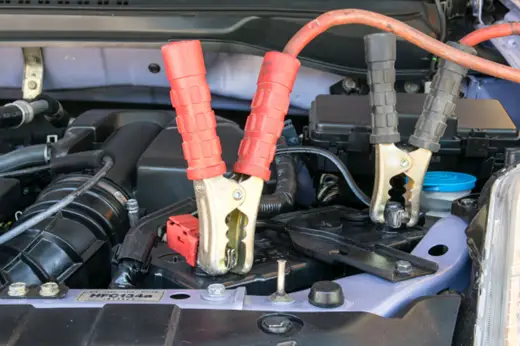
5. If You Don’t Drive Your Vehicle, Your Battery Could Die.
Most car batteries have a minimum two-week lifespan without being charged. In that case, you should start your car once a week to recharge the battery if you plan to drive less often than that.
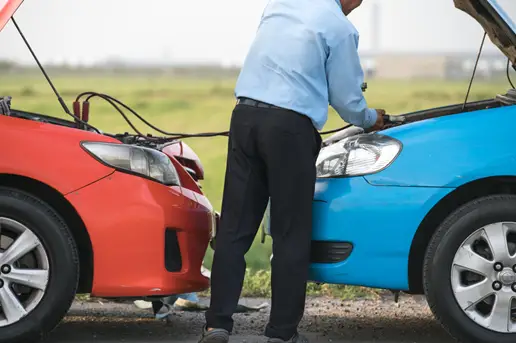
6. Maintenance
Here, we have two possibilities: the low-maintenance type and the maintenance-free kind. Most maintenance-free car batteries are sealed, and the liquid electrolyte can be used for the battery’s life without needing to be changed. Low-maintenance batteries have caps that can be removed, allowing you to add distilled water occasionally.
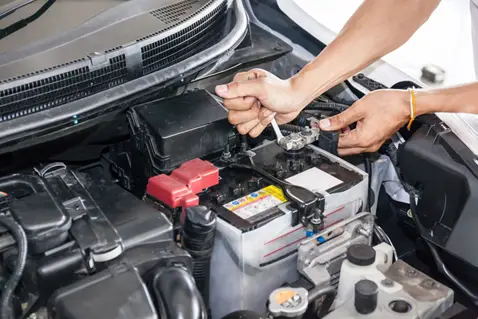
7. Maximum Reserve
It describes how long the battery can function independently before discharging without the help of an engine. High Reserve Capacity enables the vehicle to get through challenging circumstances like a non-compliant engine, alternator failure, and unintentionally leaving lights on.
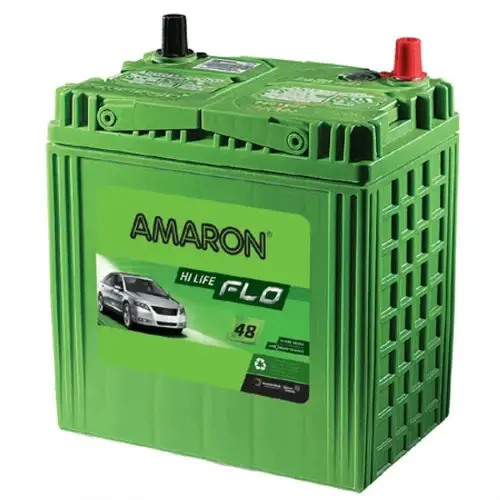
8. Warranties
It is advisable to consider warranties and select a battery with a lengthy free replacement period. A sum of the free replacement period and the prorated period is used to calculate warranty periods.
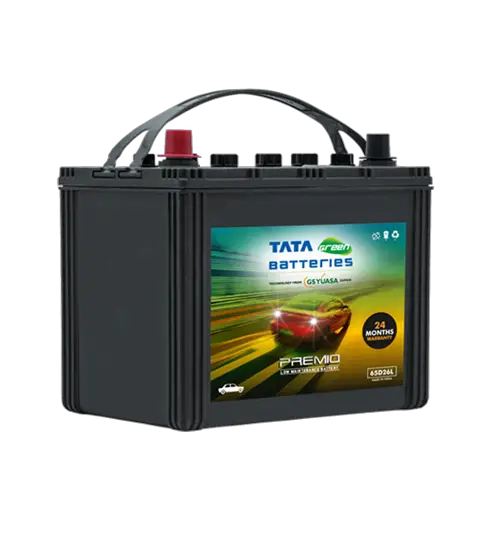
9. Check The Water Level Frequently.
Maintaining the level of distilled water in lead-acid batteries is crucial. You should check the water level in your car battery to ensure it is at the proper level, especially during the hot summers.
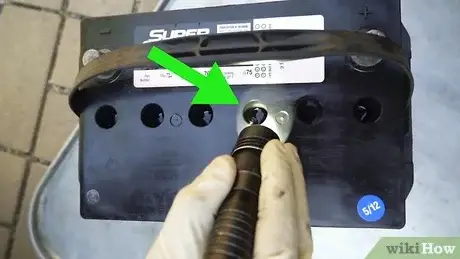
10. Control The Corrosion
Battery terminals corrode over time, but preventing buildup is a great way to prolong the life of your car battery. Use a toothbrush dipped in baking soda and water to clean the terminals. Next, thoroughly dry the mixture with a clean cloth after rinsing it with a spray bottle of cold water.
